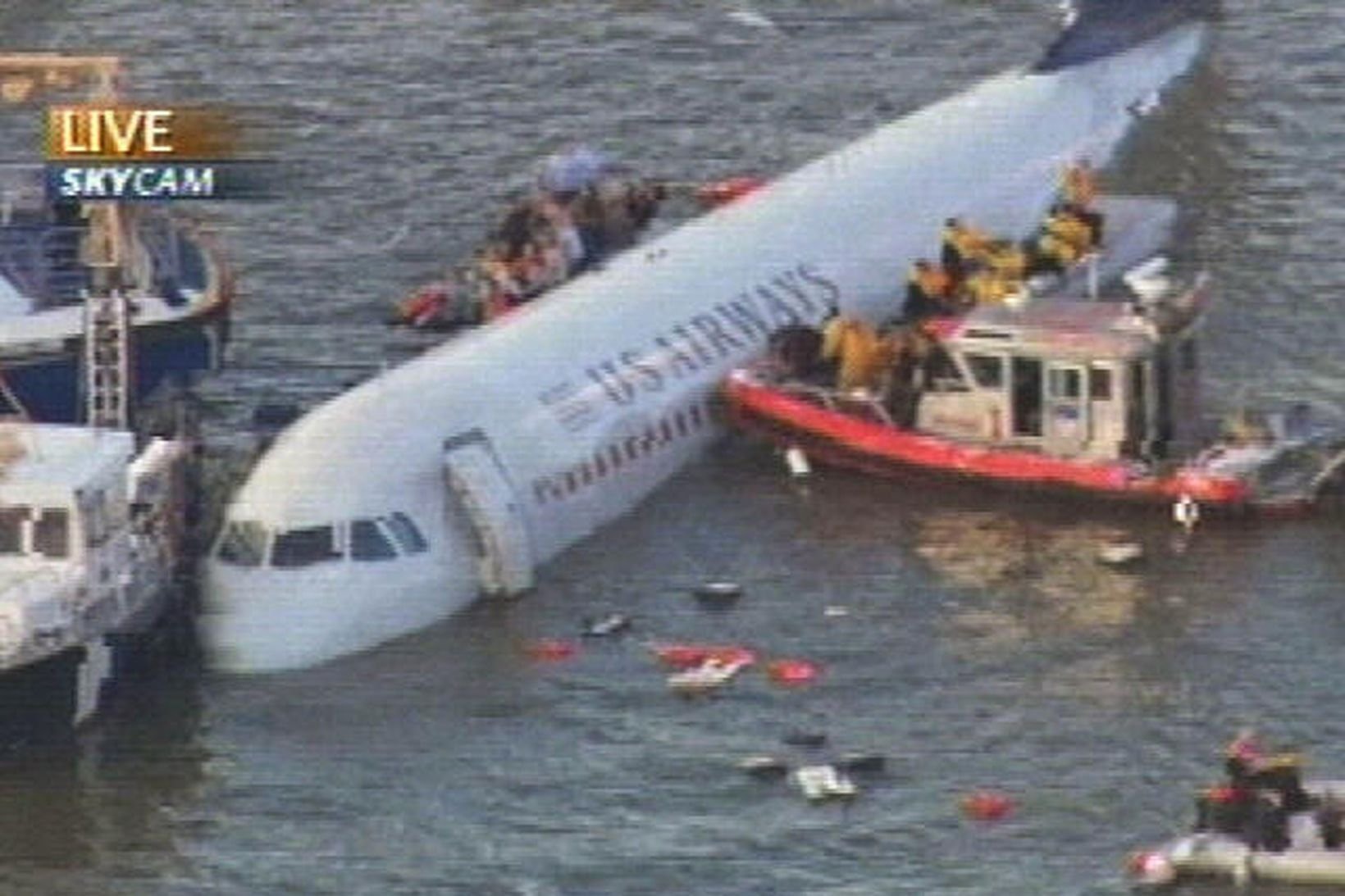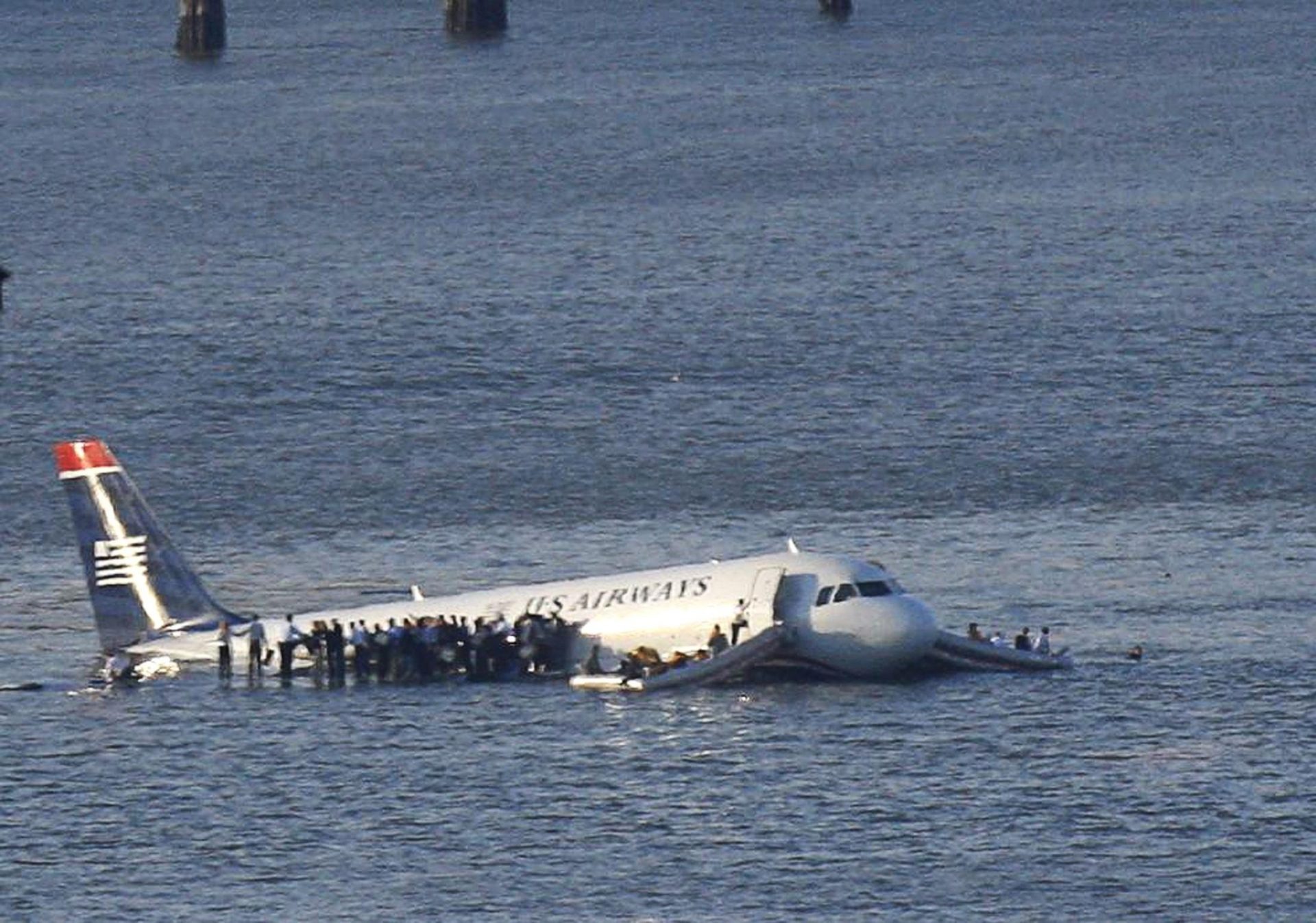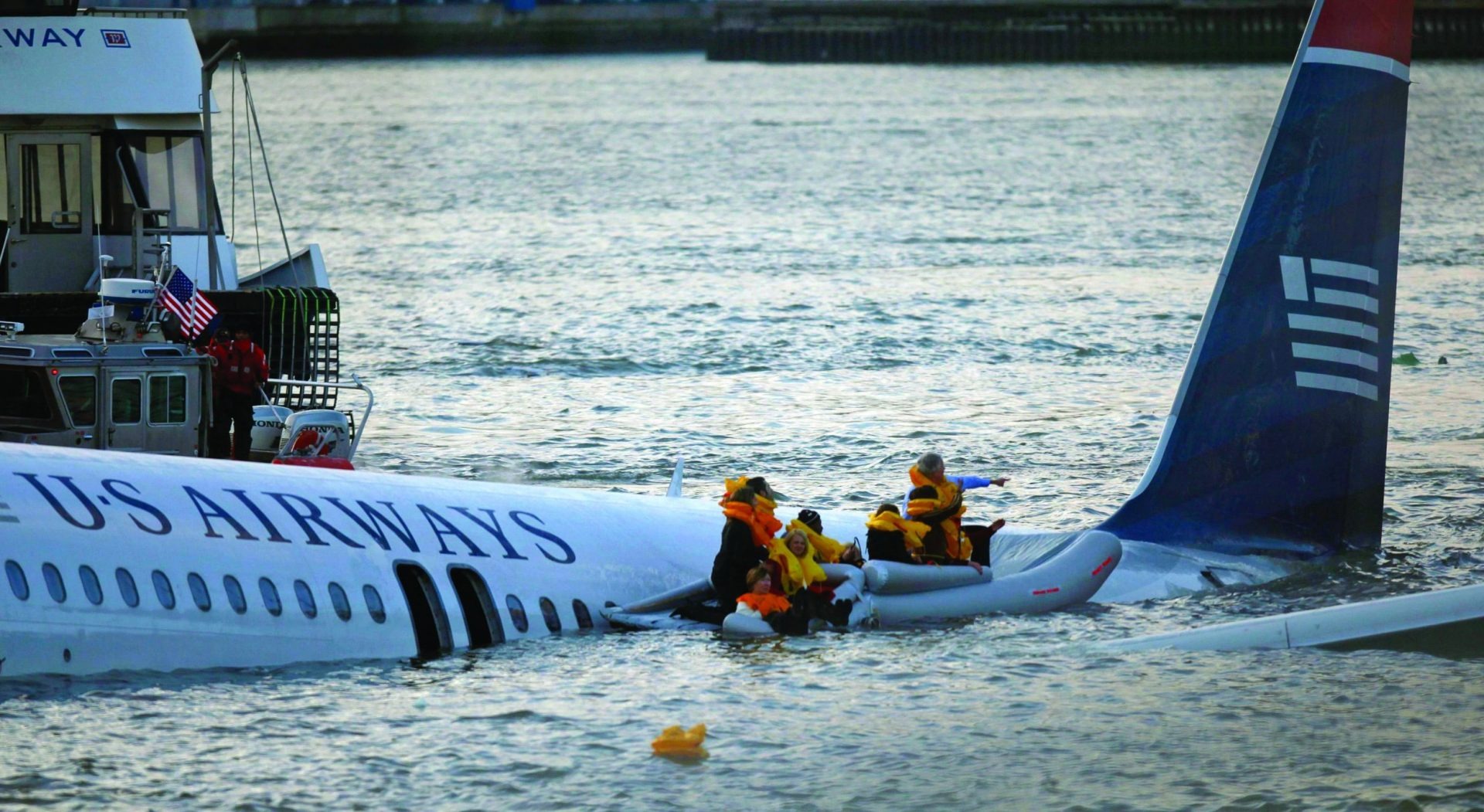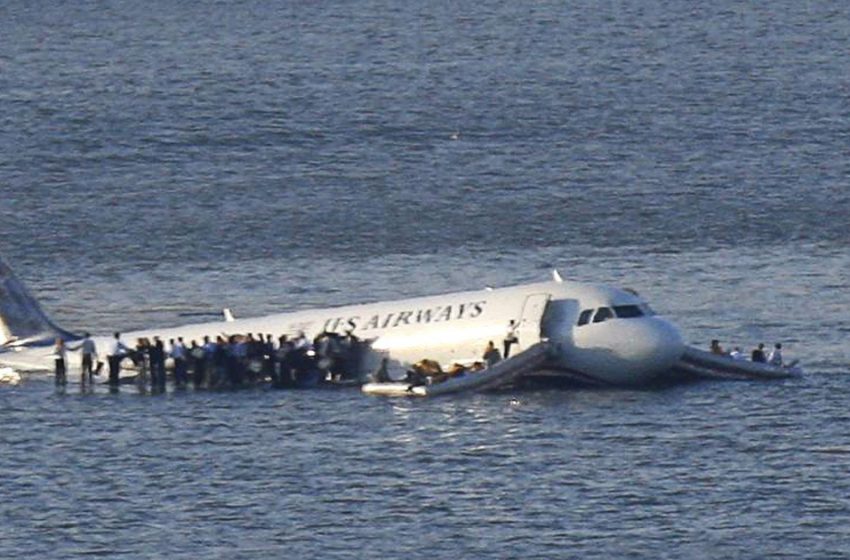Yesterday was the one-year anniversary of The Miracle on the Hudson, which happened on January 15, 2009. At that moment, a US Airways A320-214 departing from LaGuardia Airport in New York with 155 passengers on board. After taking off, the aircraft began to drop after about a minute. How did the pilot land the plane safely while also rescuing every passenger?

The likelihood that a flock of birds flew into the plane’s two engines is high, despite the fact that the precise cause of the catastrophe is yet unknown. Air traffic controllers initially agreed to the pilot’s request to land back at the New York airport. Then he informed them that he would be bringing the plane down at Teterboro, New Jersey, as it was closer. We lost touch with him after that.

Passengers on Flight 1549 described how the airbus shook as it collided with the flock, heard a loud explosion, smelled burning, and in some cases, saw flames through the portholes. A few while later, the pilot shouted over the telephone, “Settle in for impact! There is a water landing happening.
It was visible to people in high-rise buildings near to the Hudson River as the plane, which had managed to climb to a height of about a kilometer, began to plummet directly over the George Washington Bridge. According to one of the witnesses, the airbus created such a tremendous splash and spat up so much water that he immediately thought it had crashed and was unaware of what had actually happened. Another individual saw a jet flying down from his office window and thought it was a rerun of September 11, 2001.

Once the passengers realized that the sinking effort had been successful, they began to exit the airplane onto the wings and roof as it began to gently sink. Rescue and police boats rushed into action immediately, joining the Coast Guard and privately run ferries that cruise the Hudson River. Divers were transported to the location by helicopter while dressed in specialized winter gear.

The most important thought was that no one had died as a result of the disaster. It being a chilly day, New York’s temperature plummeted to minus eight degrees Celsius, and the water temperature, where some passengers spent enough time, was barely over zero. Although 78 of the 155 passengers were apparently injured, the majority of them actually suffered from frostbite.







